2021 Vol. 48, No. 5
Cover Story:Zheng Z Y, Luo Q, Xu K K, et al. All-silicon PIN photodetector based on black silicon microstructure[J]. Opto-Electron Eng, 2021, 48(5): 200364
Detection is one of the important technical means for people to explore and reveal unknown areas. Among the semiconductor photodetectors, the silicon-based PIN photodetector has become the most widely used detector in the field of visible light detection by virtue of its high performance and low cost. According to the direction of the PIN junction inside the device, silicon-based PIN detectors are mainly divided into two types: lateral side incident type and vertical incident type. Vertical incident silicon PIN detectors are more practical because of simpler process and lower cost. Since the 21st century, the development of integrated photonics has put forward higher requirements in the performance and reliability of silicon optical detectors. Therefore, solving the contradiction between the quantum efficiency and response speed of the traditional vertical incident silicon PIN detector becomes the key to further improving the performance of the all-silicon PIN photodetector.
Professor Xu Kaikai’s research team from the State Key Laboratory of Electronic Thin Films and Integrated Devices of the University of Electronic Science and Technology of China and the 44th Research Institute of China Electronics Technology Group jointly developed an all-silicon PIN photodetector with a black silicon microstructure, and proposed a method to solve the contradiction between the high quantum efficiency and high response speed of all-silicon PIN detectors. This method mainly uses femtosecond laser technology to set a layer of silicon microstructure on the back of the traditional PIN detector structure, and uses the black silicon structure to improve the device's ability to absorb visible light and near-infrared light, and increase the effective optical path length of incident light. This method can improve the quantum efficiency of the device without widening the intrinsic layer of the device, avoid reducing the response speed of the detector, and improve the photoresponsivity of the all-silicon PIN detector while maintaining its high response speed. The results show that compared with the traditional all-silicon PIN detector, the photoresponse of the device in the near-infrared light band is increased by about 10%, and the quantum efficiency can reach 80%, which meets the requirements of fast-response photodetectors.

-
{{article.year}}, {{article.volume}}({{article.issue}}): {{article.fpage | processPage:article.lpage:6}}. doi: {{article.doi}}{{article.articleStateNameEn}}, Published online {{article.preferredDate | date:'dd MMMM yyyy'}}, doi: {{article.doi}}{{article.articleStateNameEn}}, Accepted Date {{article.acceptedDate | date:'dd MMMM yyyy'}}CSTR: {{article.cstr}}
-
{{article.year}}, {{article.volume}}({{article.issue}}): {{article.fpage | processPage:article.lpage:6}}. doi: {{article.doi}}{{article.articleStateNameEn}}, Published online {{article.preferredDate | date:'dd MMMM yyyy'}}, doi: {{article.doi}}{{article.articleStateNameEn}}, Accepted Date {{article.acceptedDate | date:'dd MMMM yyyy'}}CSTR: {{article.cstr}}

 E-mail Alert
E-mail Alert RSS
RSS


